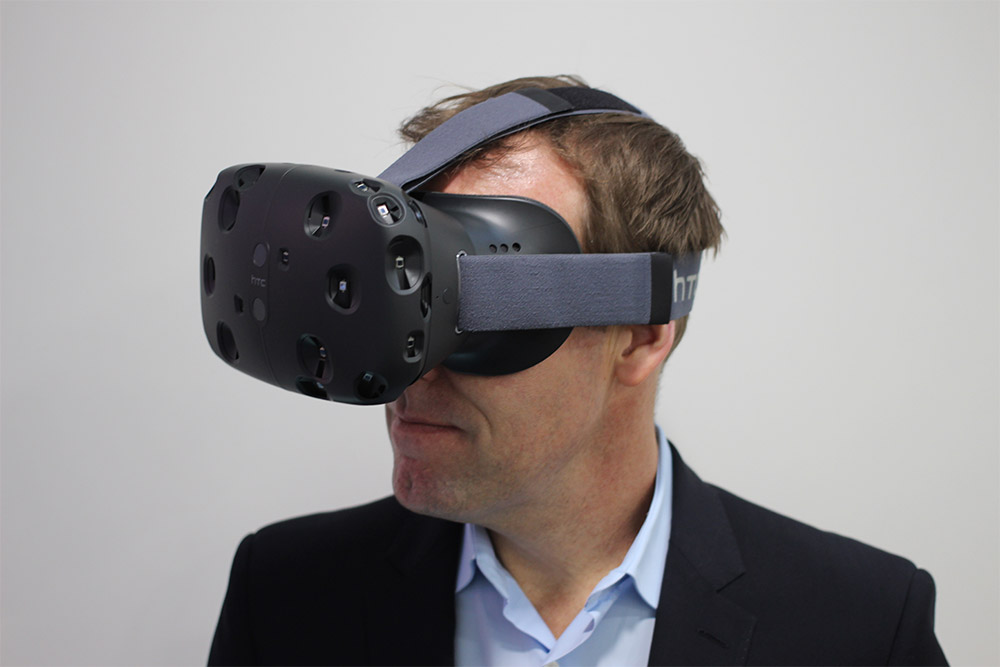Although you would certainly be the odd one out in most social groups to suggest there was a good reason to treat the different sexes any differently, there are undeniable physical distinctions. One of them appears to be that virtual reality motion sickness is more keenly felt by women than men, suggesting that there may be a greater challenge in tackling the problem for developers that simply pushing for a high frame rate.
This was discovered by an as-yet unpublished study from the University of Minnesota, which found that for every one man that experiences some virtual reality sickness, four women will do. This is something that lines up with similar motion issues like sea sickness, which finds that for every three men who become nauseas at that sort of motion, five women will do.
Regardless of sex however, the problem of motion sickness is to do with a disparity between real world motion and what is happening in game. One example given is that leaning into a corner when speeding around it in a virtual car could actually move the body off of their balanced position in a chair, which creates a disparity in the brain, which can trigger motion sickness.
Perhaps things will be better with the HTC Vive, or Gear VR? Source: Wikimedia
In the study, researchers looked at real body movements while using an Oculus Rift headset for 15 minute periods. Around 35 per cent of those studied experienced some sickness and around 70 per cent of them were women. This is something that the researchers want more studies to investigate, to see why in particular women seem to be most effected (as per MNDaily).
However it is worth bearing in mind that the study doesn't reference which version of the Oculus Rift headset was being used. If it was a DK2, which is the most likely, there have been big changes made since that hardware was released, some of which are said to massively reduce nausea. Higher resolution screens, better lenses, better tracking coverage and improved field of view will all contribute.
Indeed Brendan Iribe, Oculus VR's CEO, has always struggled with VR induced motion sickness, but we're told on the latest hardware he has no problems. So perhaps the commercial release will change things for everyone, especially women.
Discuss on our Facebook page, HERE.
KitGuru Says: Do you guys suffer from VR motion sickness? I get a stab of it every now and again but can usually ride it out.
 KitGuru KitGuru.net – Tech News | Hardware News | Hardware Reviews | IOS | Mobile | Gaming | Graphics Cards
KitGuru KitGuru.net – Tech News | Hardware News | Hardware Reviews | IOS | Mobile | Gaming | Graphics Cards




I’ve never suffered from any sort of motion sickness, but I wonder if I’ll feel any when using VR. I hope not. 😛
Why is it so unnecessary difficult to decipher the probabilities involved from this article!? Four times as likely is meaningless without more numbers. For example, 10% and 40% would mean than men are 1.5 times as likely to be fine. 1% and 4% would mean the chance of being okay would be 99% versus 96% – almost no difference! A statistical error, unless the sample is huge.
We don’t know the sample size. We do know some figures though (although there’s a couple of ways of reading some of them). Here’s how I read it –
Total people in the sample – 100% (we don’t have actual count)
Number of people who got sick – 35%
Number of sick people who were women – 70% * 35% = 24.5%
Number of sick people who were men = 35% – 24.5% = 10.5%
Here’s the kicker though – That’s a little under 5:2, nothing like the 4:1 from the article!
Why can’t journalists report statistics? Why isn’t being able to do basic maths, a requirement for journalists attempting to report statistic? Why don’t journalists who report statistics know they can skip to the end of most studies and take conclusions from the scientists, rather than drawing their own!?
That sounds amazing! Tell me more. I’m particularly interested in what you think a comma is.